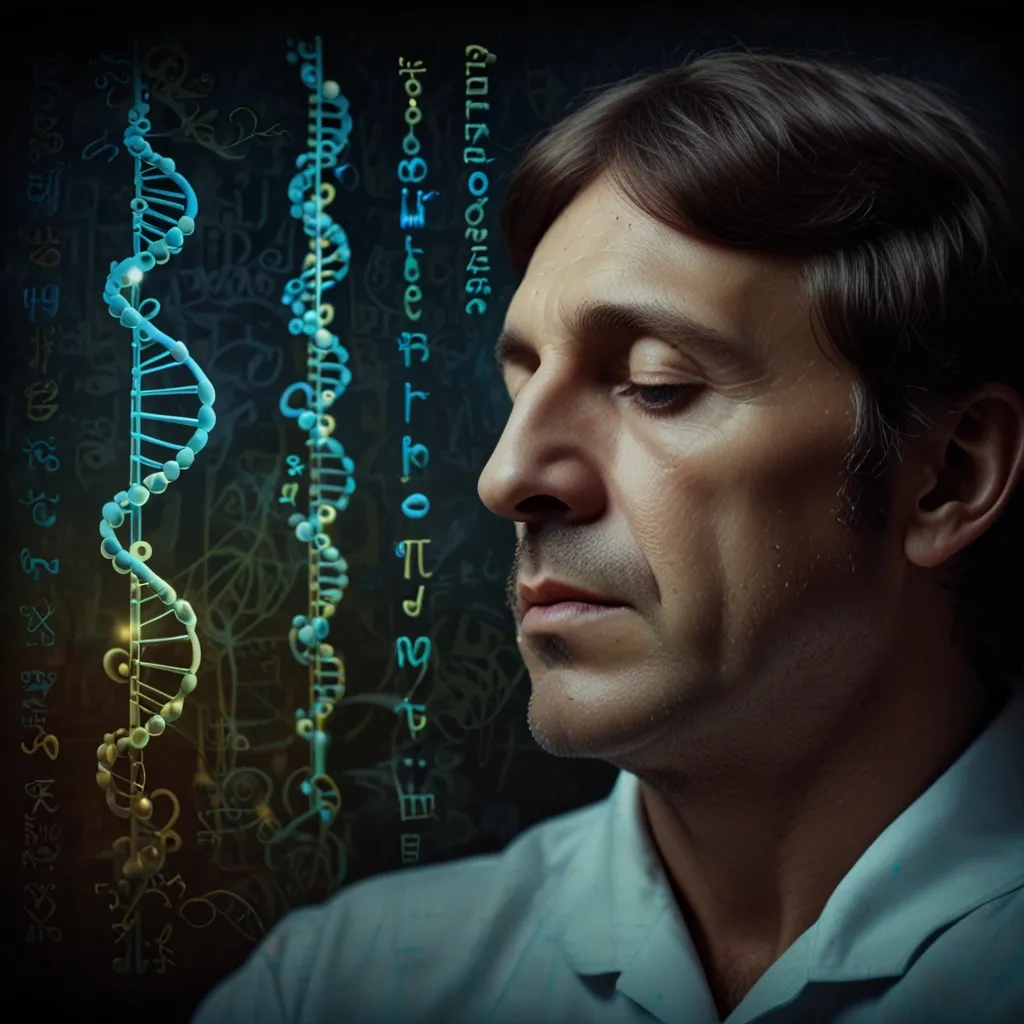What truly makes a book a book? Is it merely something that stores and communicates information, or is it the tangible aspects like paper, binding, font, ink, its weight, and that unmistakable smell of the pages? Let’s dive back in time to understand how these elements came together to create more than just a collection of pages.
The earliest form of what we consider a book is the codex—pages stacked and bound along one edge. The real game-changer in book history, however, was Johannes Gutenberg’s printing press in the mid-15th century. Although moveable type was invented much earlier in Eastern cultures, Gutenberg’s press revolutionized the spread of knowledge. Printing became accessible beyond monks and the elite, leading to the proliferation of printing houses across Europe.
So, what constitutes a book’s anatomy? The paper, type, and cover are its backbone. While ancient China introduced paper as a writing surface more than 2,000 years ago, Europe mainly used wood sheets and parchment made from animal skins until the 16th century. Paper’s affordability eventually made it the go-to material, replacing parchment.
Inks were another essential component. Early inks were made from organic dyes mixed with water or wine, but the introduction of the printing press necessitated oil-based inks. The most common ink was a black mix of lamp soot, turpentine, and walnut oil.
And what about fonts? Early movable type used reversed letters carved in relief on lead alloy stocks. These were handmade and varied widely until standardization came with mass manufacturing. We owe the development of Roman fonts, including Times Roman, to Nicolas Jenson, whose designs laid the foundation for thousands of others.
Covers are another critical part of a book. Until the late 15th century, they were made from wood or pasted sheets of paper. These evolved into rope fiber millboard, which initially served high-quality bindings but later became a less expensive option. Early book covers were custom creations, unlike today’s mass-produced covers designed for marketing.
Even spines have their history. Initially, they were flat, facilitating easier reading as the book could rest flat on a table. This design, however, made them susceptible to damage. The rounded spine was introduced for flexibility, despite causing the book to close on itself sometimes—a small trade-off for the on-the-go reader’s convenience.
As we transition from bound texts to screens and e-ink, we must ask ourselves: are these digital formats still “books”? Does the tactile feel of a cover or the aroma of paper add something irreplaceable to the experience, or is the magic purely in the words?






